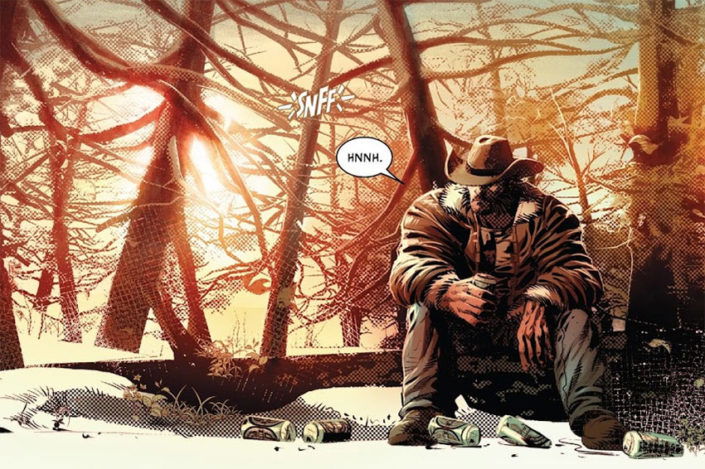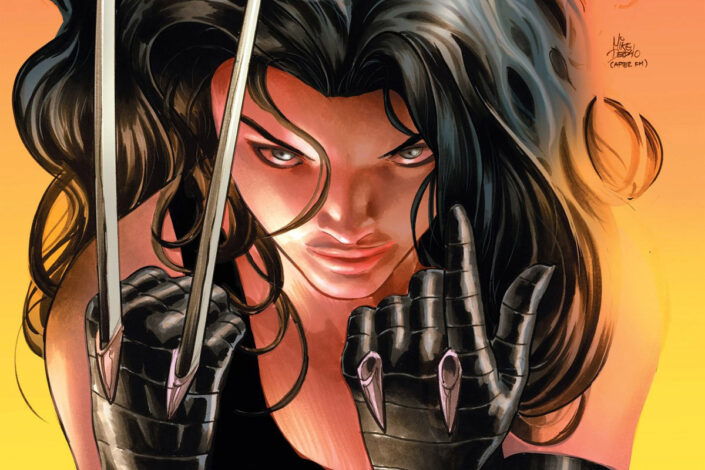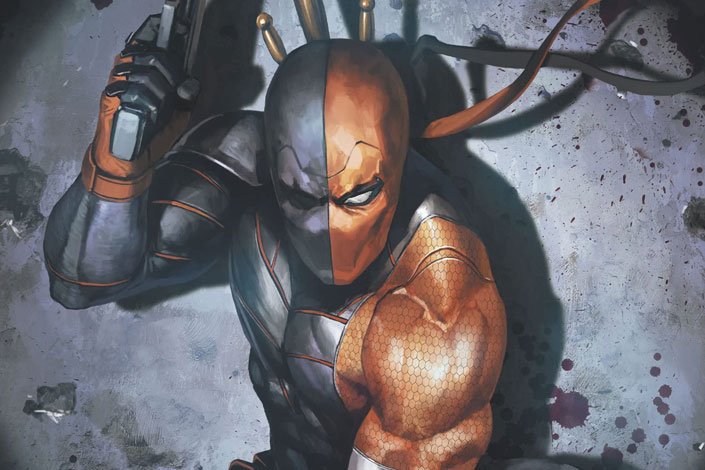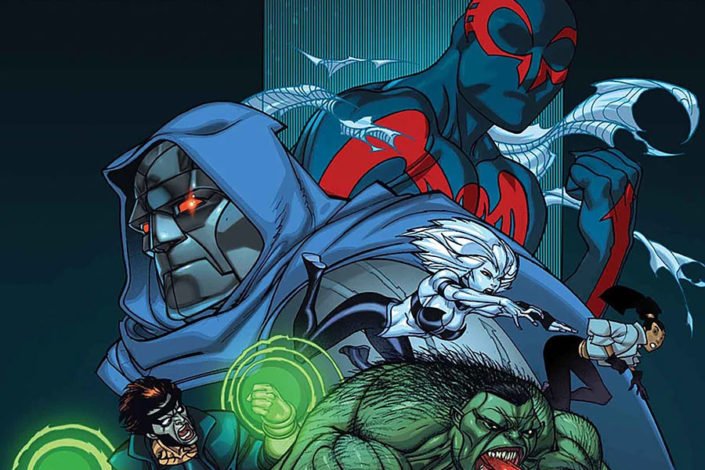Jonathan Hickman’s Fantastic Four Reading Order
Following “Secret Invasion,” the 2008 crossover storyline, came the “Dark Reign” era which leads to a shift of power in the Marvel Universe toward “reformed supervillain” Norman Osborn. Mark Millar who was writing the Fantastic Four series – with art by Bryan Hitch – left the title and Jonathan Hickman took over and started to revamp and redefine Marvel’s First Family.
Here is the official synopsis: it all begins when Mr. Fantastic decides to solve everything! As the team contends with Norman Osborn’s Dark Reign, an older Franklin arrives from the future with an ominous warning! And as the Fantastic Four fight the War of the Four Cities, Mr. Fantastic assembles a band of genius youngsters. But when Nathaniel Richards returns, Galactus rises and a new Annihilation Wave threatens to invade from the Negative Zone, tragedy suddenly strikes. Grieving, the surviving members of the Fantastic Four dissolve the team – but from its ashes rises the Future Foundation!
Read More »Jonathan Hickman’s Fantastic Four Reading Order









